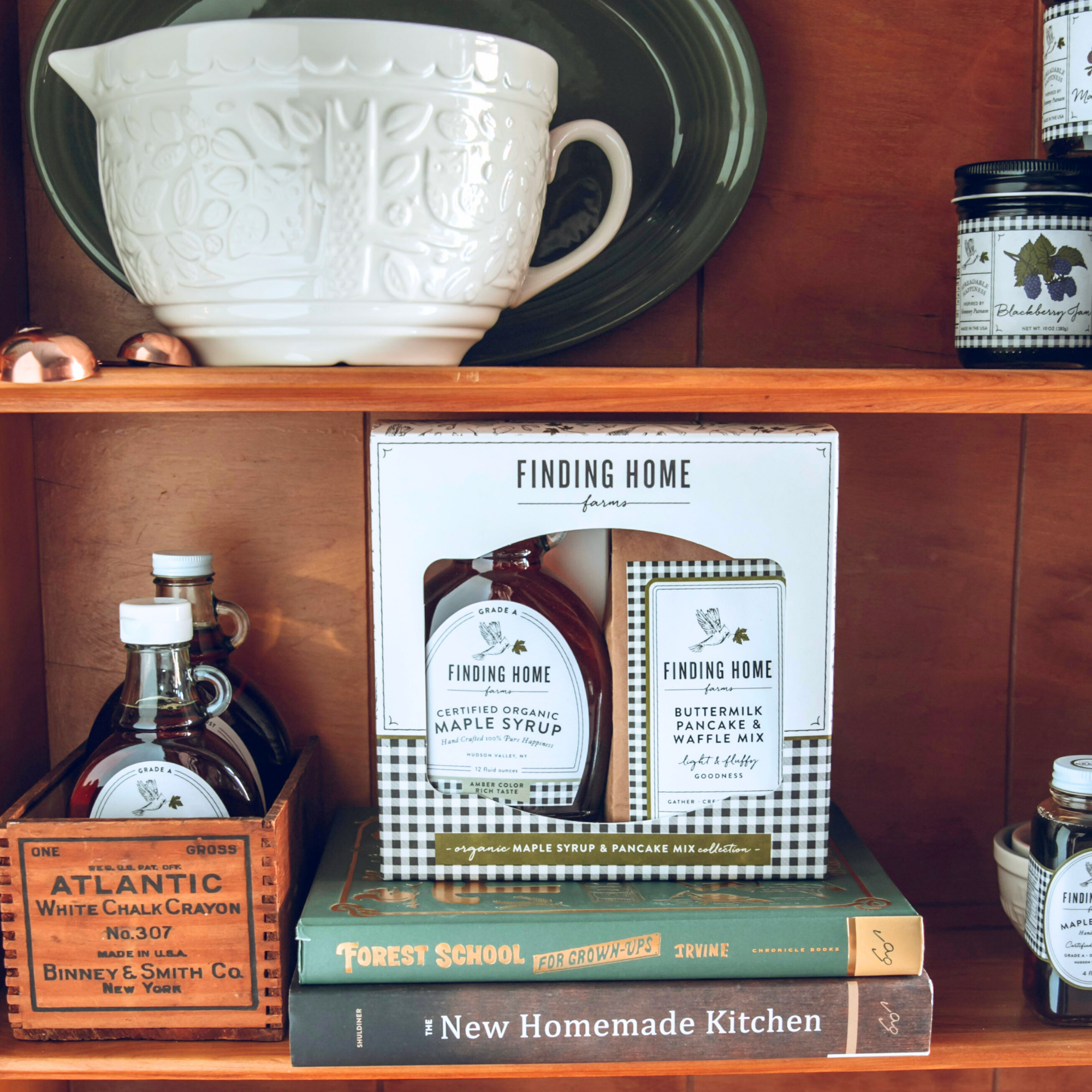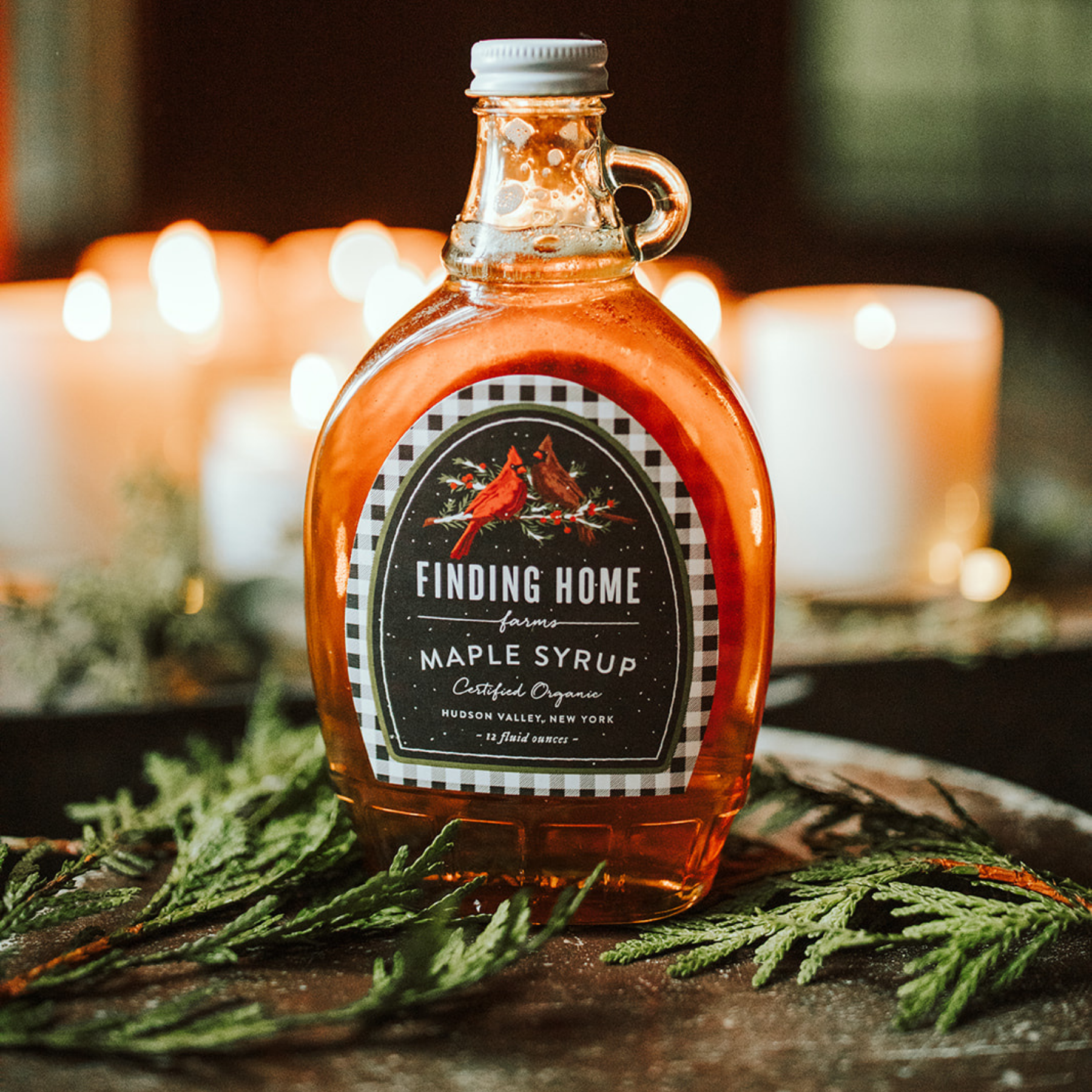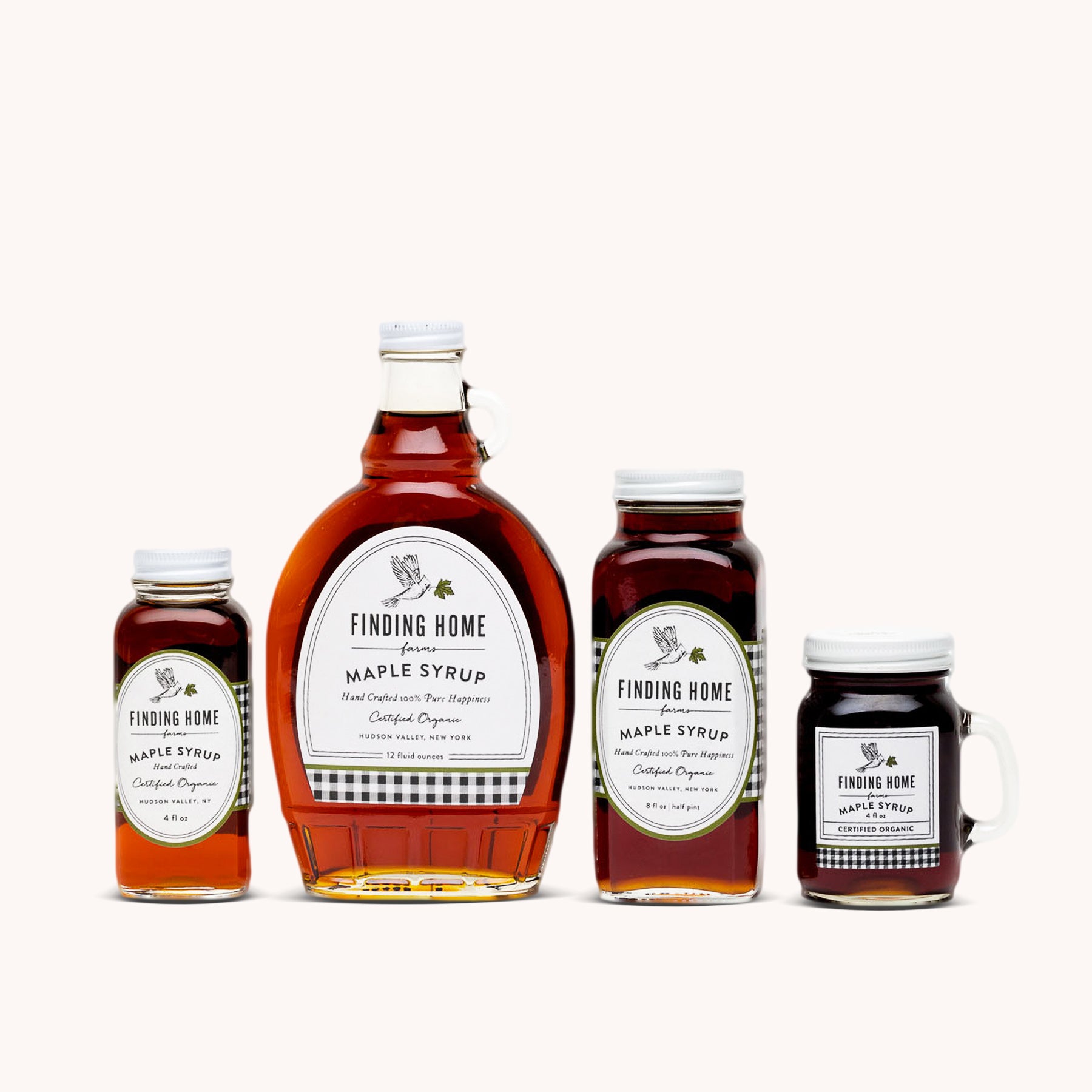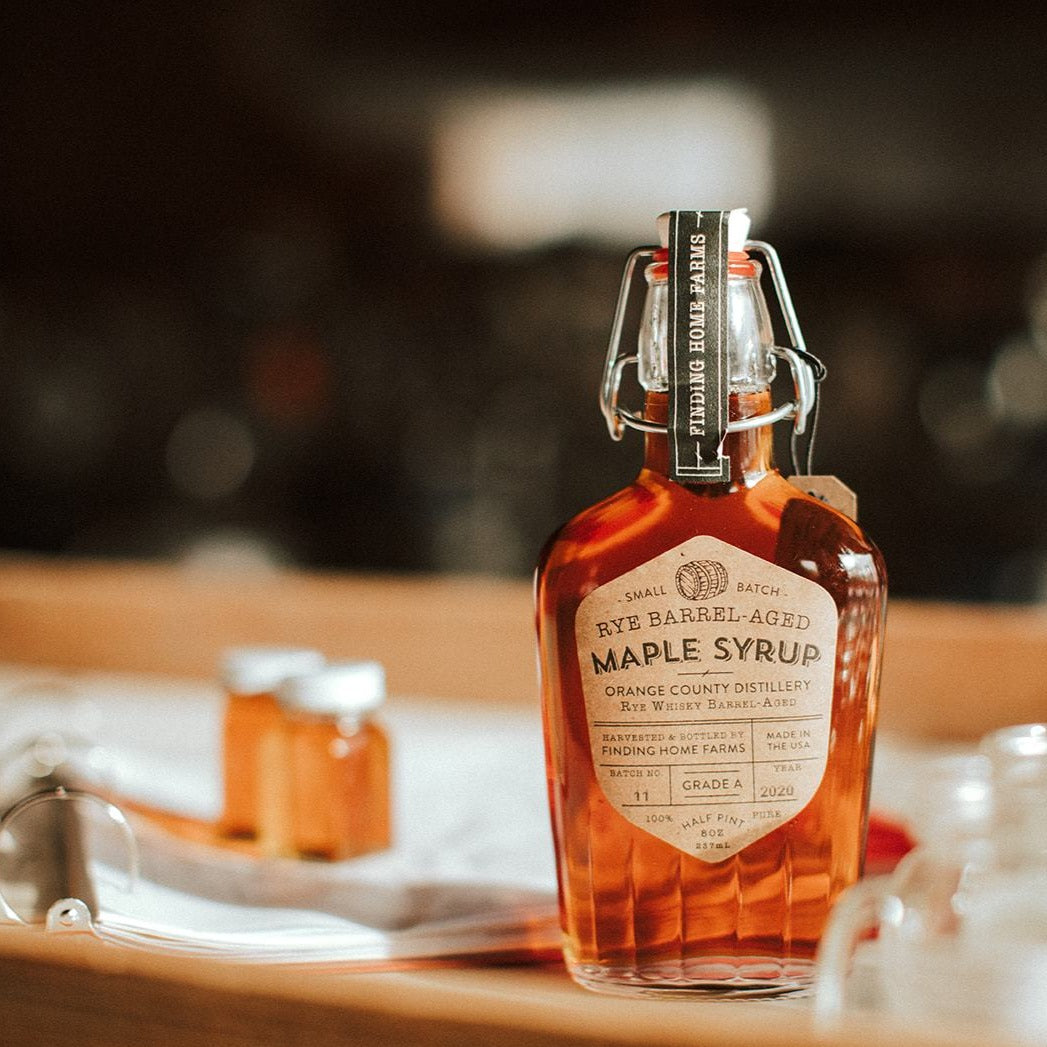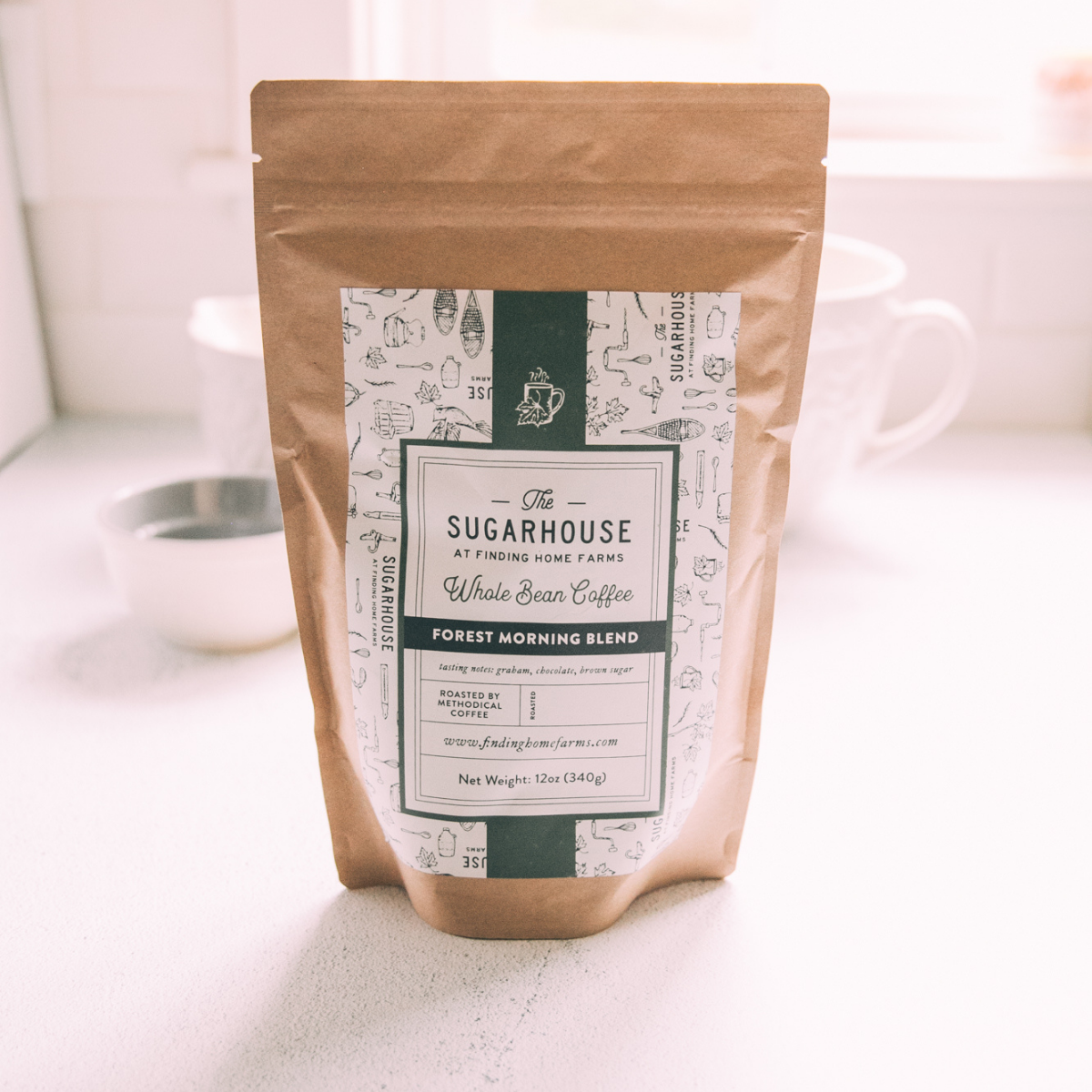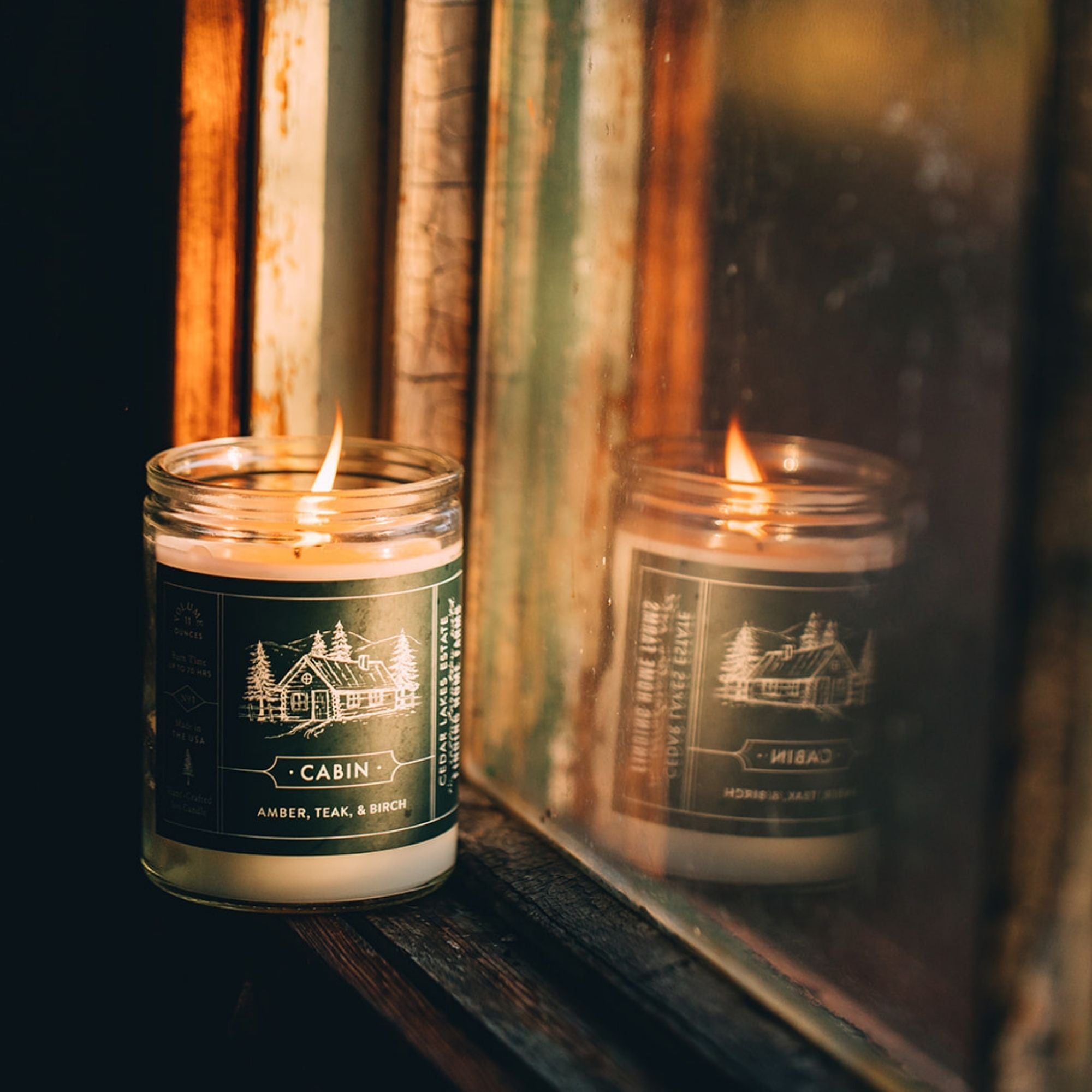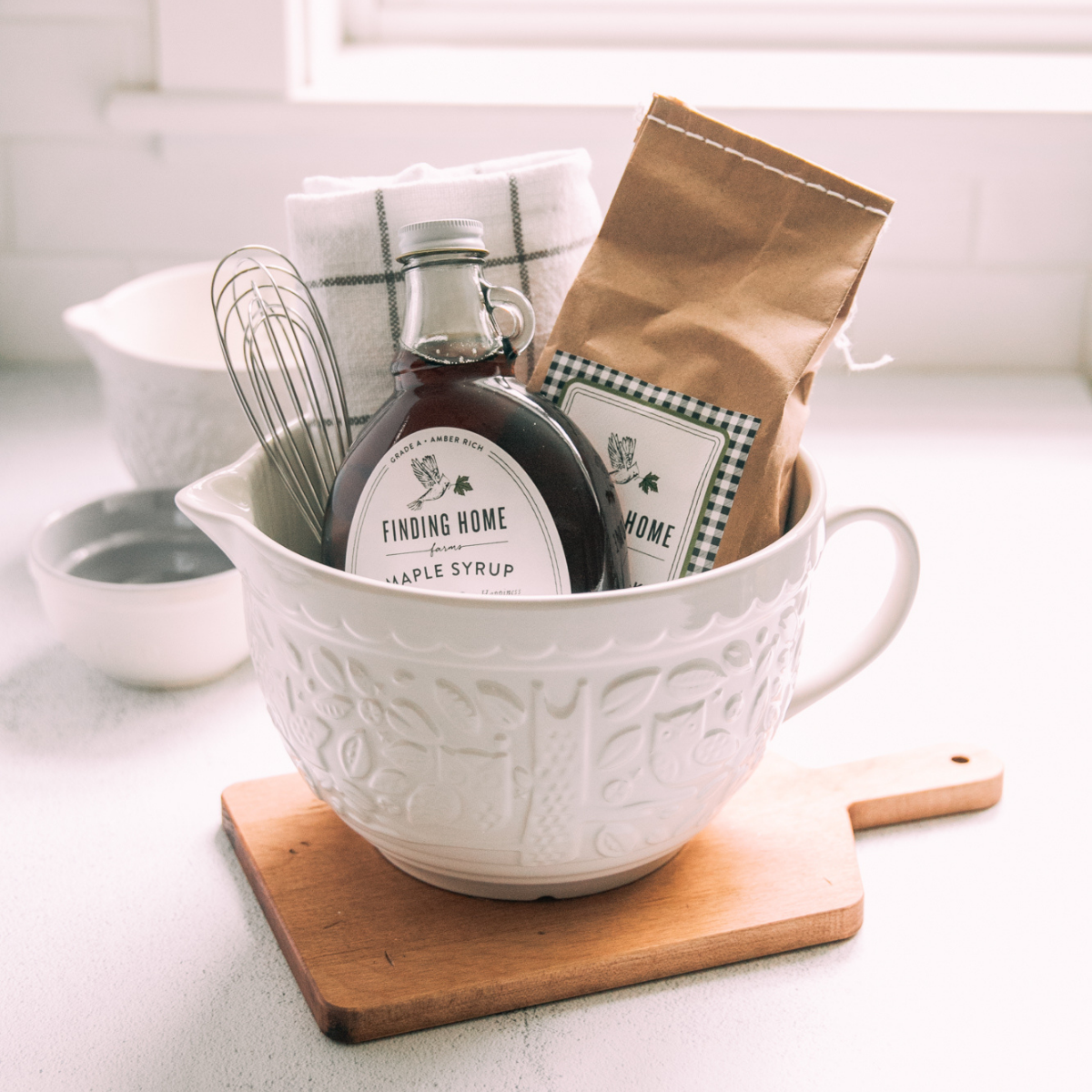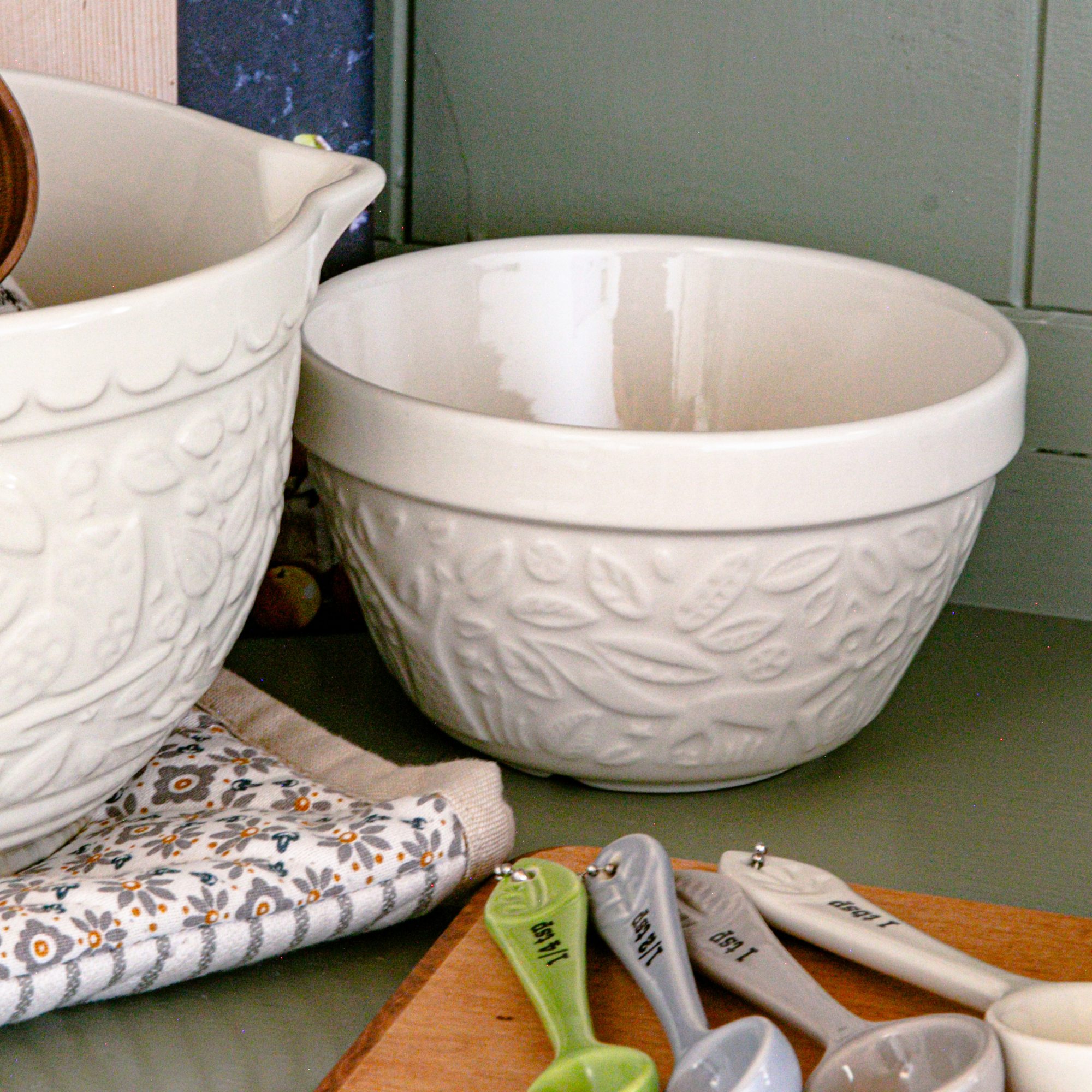What I Have Learned: Photographing Children on Stage
I am never the one holding the video camera.
As much as I love the idea of capturing voices, laughter and movement – I am in love with ability to capture a moment – a still moment in film.
Catching this facial expression on my daughters’ face was priceless – it was her moment.
For the opening scene, if only for a few moments, all eyes were on her – up on a pedestal as the Princess #12 being given an impassable quiz from the Queen. You see, if she passed, she could marry the Prince and all could wed in the land. But of course, if you know the story of Once Upon a Mattress (an update of the Princess and Pea), she failed, left the stage in tears and returned as a Lady in Waiting to dance and sing the rest of the night away.
These moments mean a lot to her, so they mean a lot to me.
And she worked hard for them.
So, of course, I put a ton of pressure on myself to get “the perfect shot”.
When I take photos for my blog, I shoot, re-shoot – move something, etc. – there is much less pressure.
The first night of the show, I was so frustrated with my camera and settings. So, before the second show, I worked through some of the issues and was able to get better shots.
Many of our children’s moments take place on a stage – whether it be a play, band, choir, or academic competitions – when they have their moment, it is gift to be able to capture it.
So I thought I would share with you a few things I learned for “getting the shot” on stage.
Please keep in mind, I am not coming from the standpoint of a professional photographer or even a blogger. I am just sharing as one parent to another.
Although I often edit my photos for my blog in Photoshop Elements, I did not edit any of these photos so you could see how they look SOOC (straight out of the camera).
Also, all of these settings are for taking photos in manual mode so you can control each element. If you are struggling with figuring out the buttons and gizmos of your camera, here is my suggestion – go to amazon.com and under “books” search for your camera model. There are many books written for almost every major maker camera model. These books take it beyond the owners manual and I found it extremely helpful.
All of my setting are based on a Canon camera, but the concepts are applicable to any DSLR.
1. USE A ZOOM LENS
This may seem like a no-brainer, but you are not going to get close shots if you don’t. This allows you to focus right in where you want to photograph and take all the other visual static out. Now, you can pull back and get a good portion of the stage, but you sacrifice a full stage shot, unless you have a higher end lens that does both.
2. BUMP UP YOUR ISO
My camera’s ISO setting only goes up to 1600, so I went all the way to 1600 for all of my shots. Some cameras go much higher. Just know, the higher you go, quality of the image is lowered. This is especially true if you want to print them larger. Them develop what is referred to as “noise” – or what I call - “getting grainy”. Generally, anything under 1000 won’t be overly visible and the further away you get from 1000, the lower the quality.
3. SET YOU SHUTTER SPEED
Usually, I set my shutter speed as my last step – but in this case, I set it right after setting my ISO. The higher the speed, the better the ability to capture movement smoothly. But that also means less lights goes into the image. I made sure I did not go below (or not much below) 1/60 for these images so that there would be light, but limited movement blur. Anything much higher and I could not get enough light into the shot.
4. SET YOUR APERATURE / f-STOP
I generally took all of my shots between a 4 and 5 f-stop (aperture) setting. With aperture, the smaller the number the shorter the depth of things in focus – which means you get that nice blurry background. And it also lets in more light. A higher aperture allows for a longer depth of things in focus – which means you get a whole range of items in focus. At a higher number, the lens lets in less light. By staying between a 4 and 5, it allowed me to get in a fair amount of light and get a fair amount in focus.
5. SET YOUR AF POINT SELECTION
The AF Point Selection on your camera allows you to customize where you camera will focus within the view. It looks like a map of several points. You can pick the center point or any outside points as your focus point. Sometimes, when I am having trouble getting the shot, I switch to the center point to simplify, however, mostly I set it for “Auto”. In “Auto” , each point is activated and then tracks your eye through the view finder as to where you want to focus.
6. SET YOU CAMERA TO AI FOCUS
On your camera, there is a setting choosing your “AF Mode”. The choices are “One Shot”, “AI Focus” and “AI Servo”. “One shot” is meant if something is staying still, “AI Focus is meant to track a moving object” and “AI Servo” is supposed to automatically switch between the two. I find AI Focus is the best setting for shooting action on a stage.
7. READING YOUR EXPOSURE
When shooting in manual, the general goal is for the exposure to land in the center of the exposure meter on your screen. Most of the time, when I am shooting, I tend to move a little more towards “over exposed” to get the shot I want. However, when shooting on stage, generally the lights around you are dark, the light on the stage is inconsistent and there are spotlights. I found my best shots were when I took them with the exposure meter reading as underexposed. When I took I shot with the gauge right at the center point, it was way overexposed and blow out. I think it is the effect of the spotlights.
8. DON’T BE AFRAID TO EDIT
Now while I didn’t edit any of these photos for this post, for my own purposes, I probably will edit them a little bit. Sometimes, getting the “perfect shot” requires a little editing. I do mine in Photoshop Elements. However, PicMonkey is a great site to adjust things easily as well.
9. DON’T FORGET TO ENJOY YOURSELF
So as much as I am a fan of getting “the shot”, I also try to remind myself to sit back and “enjoy the show” – because really that is why we are there!
Thanks so much for reading – I hope this has been helpful. Please let me know if you have any questions!
Also, if you are interested in learning more about shooting with your DSLR camera in manual, I have taken this class and have seen these guys do a presentation – and learned a ton from them
(Disclosure – I have signed up to be an affiliate with them – but only because I really believe in the knowledge they have to offer.)
P.S. I have a lot of other great shots, but I didn’t feel comfortable sharing pictures of other people’s kids!
P.P.S. And I had to share just one more shot – for one split second, she knew I was there, knew I was taking her picture – and gave her momma a “moment” too. Fills my heart.

